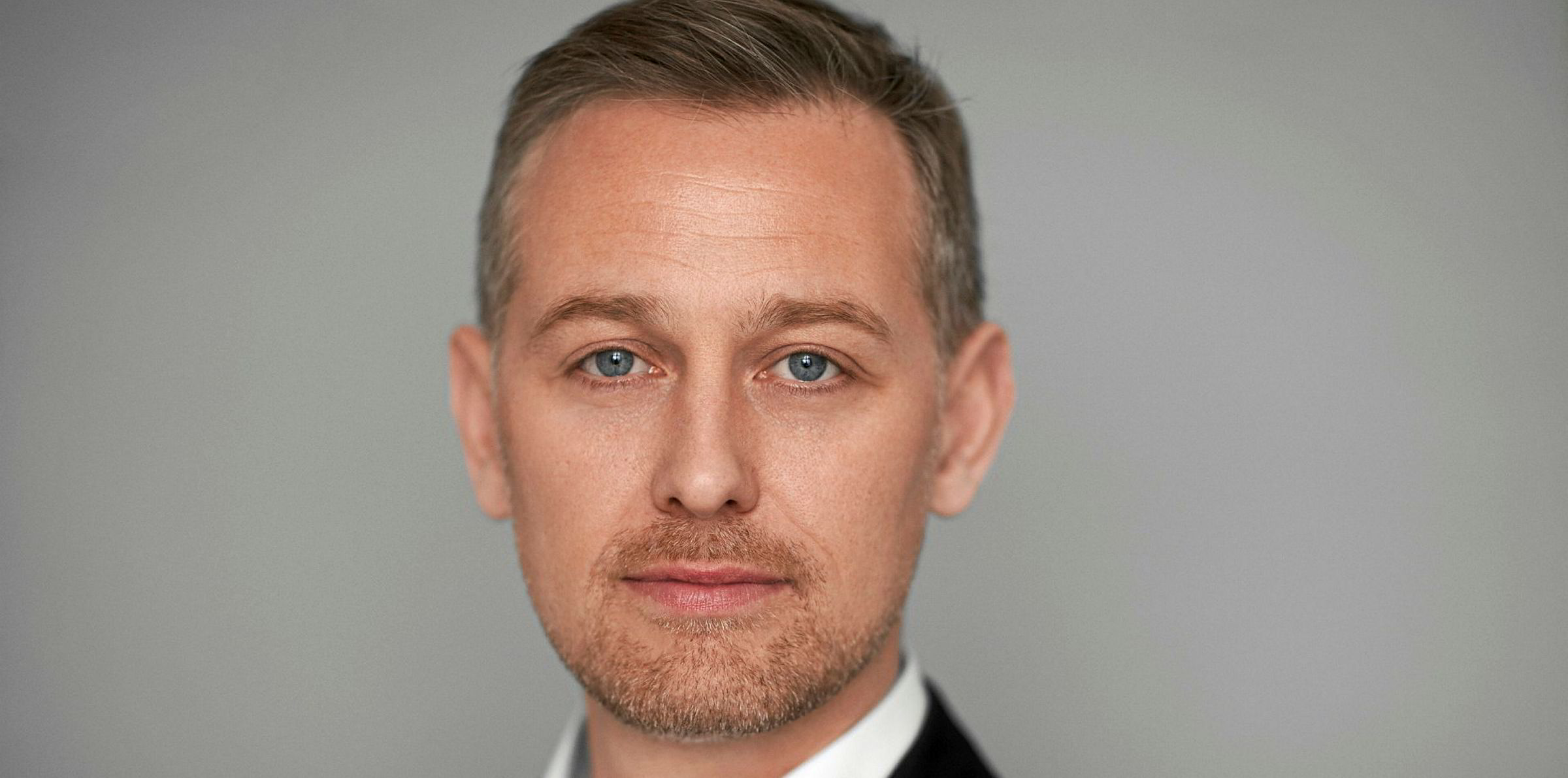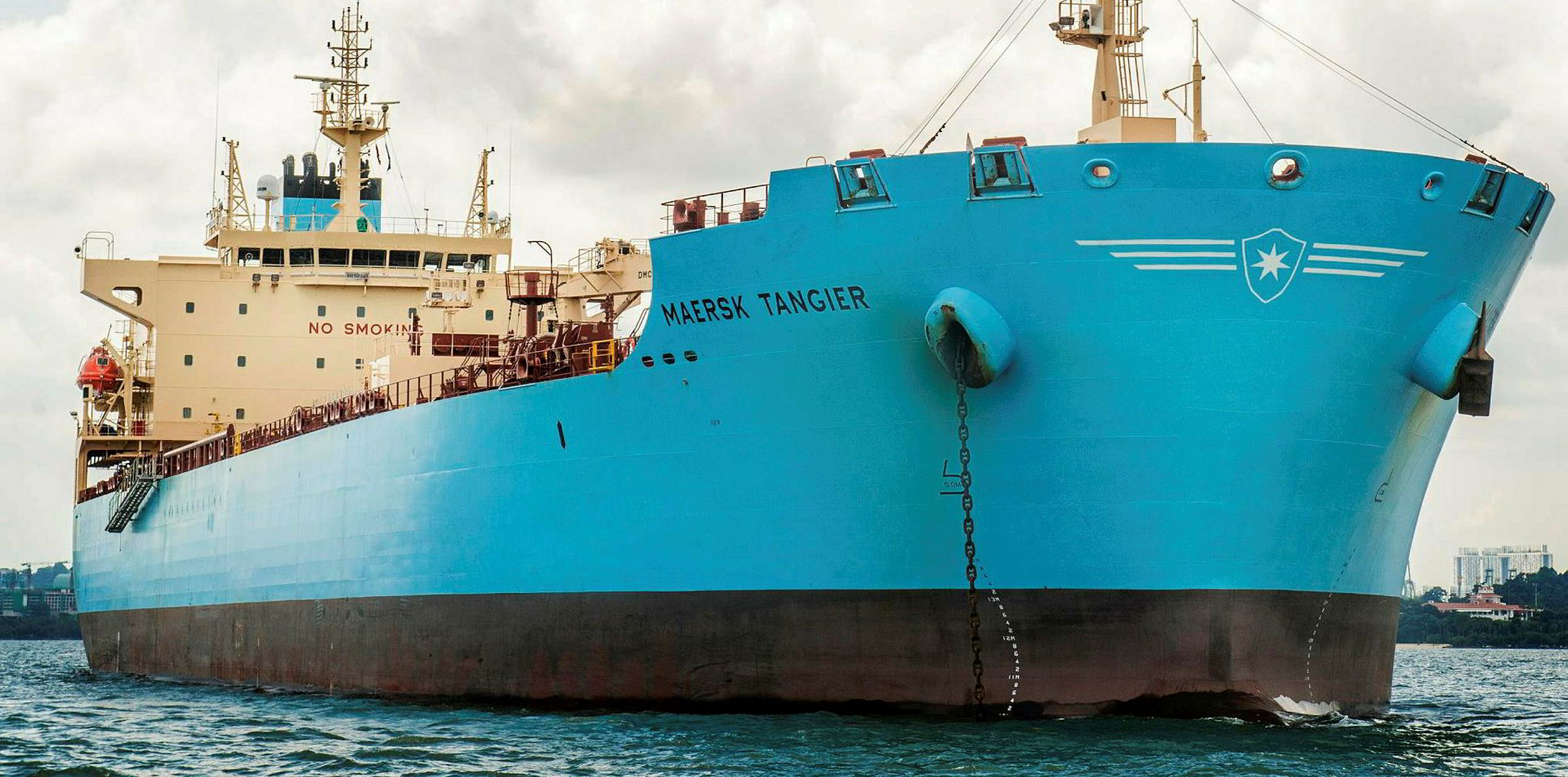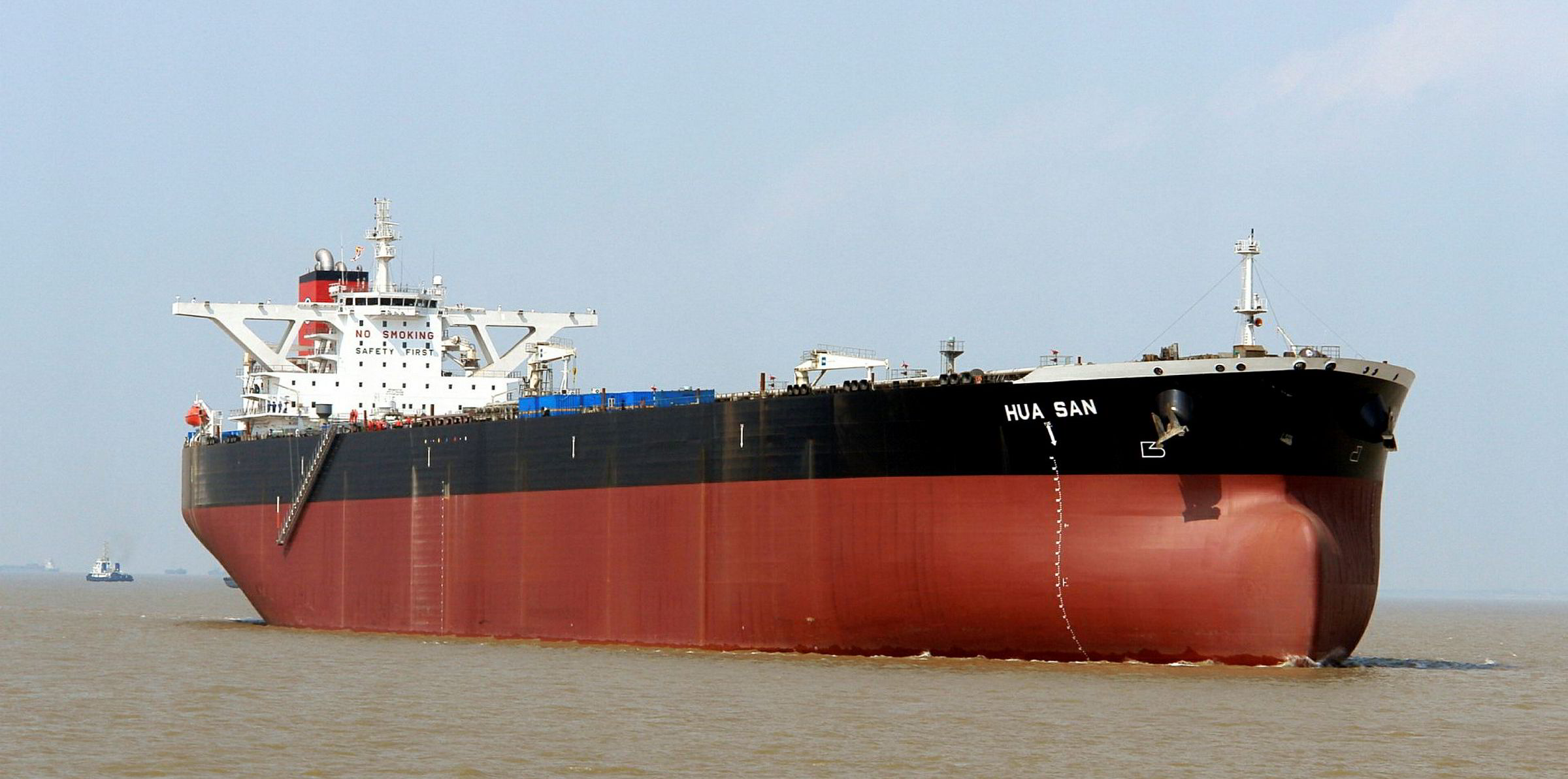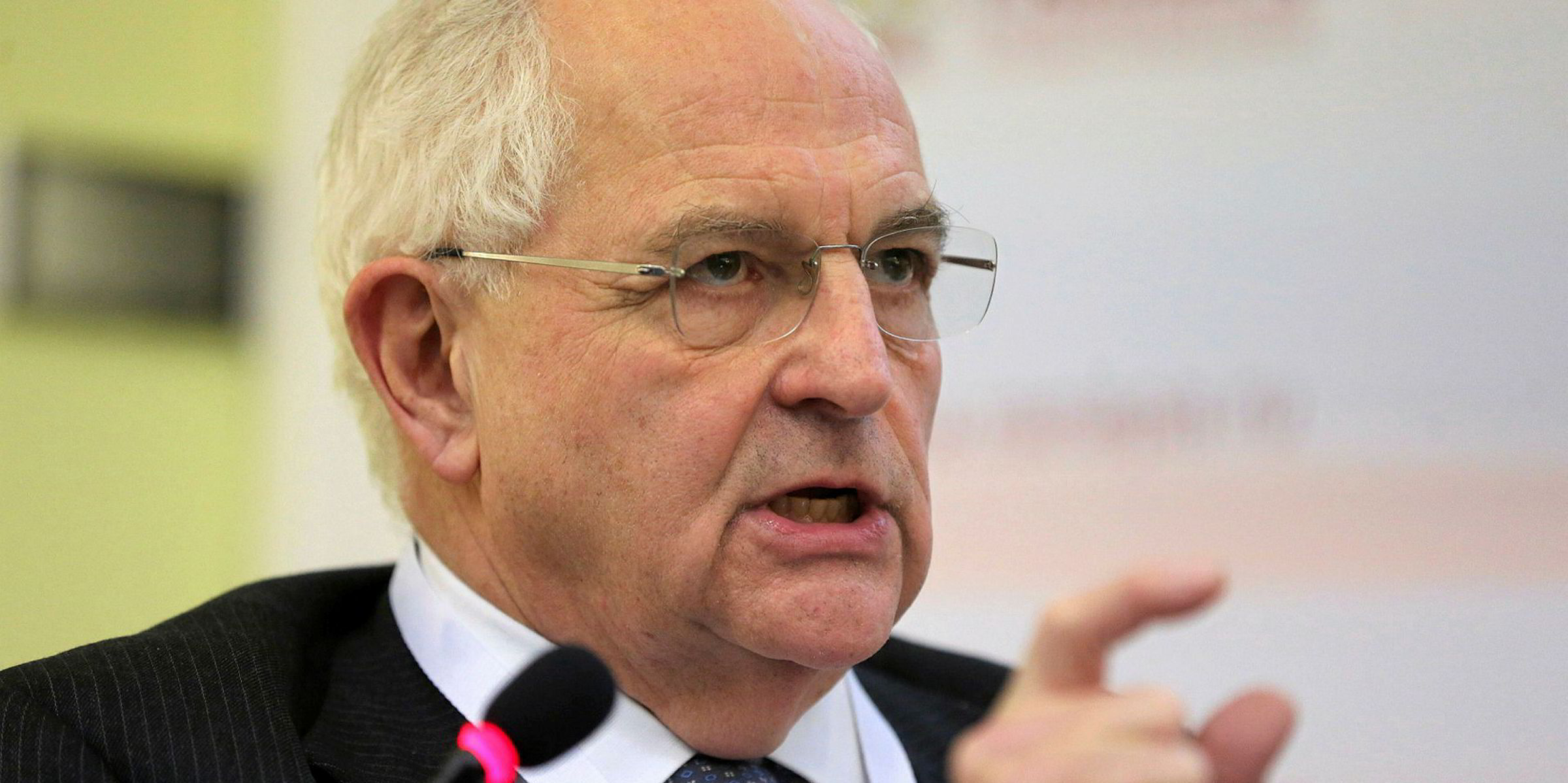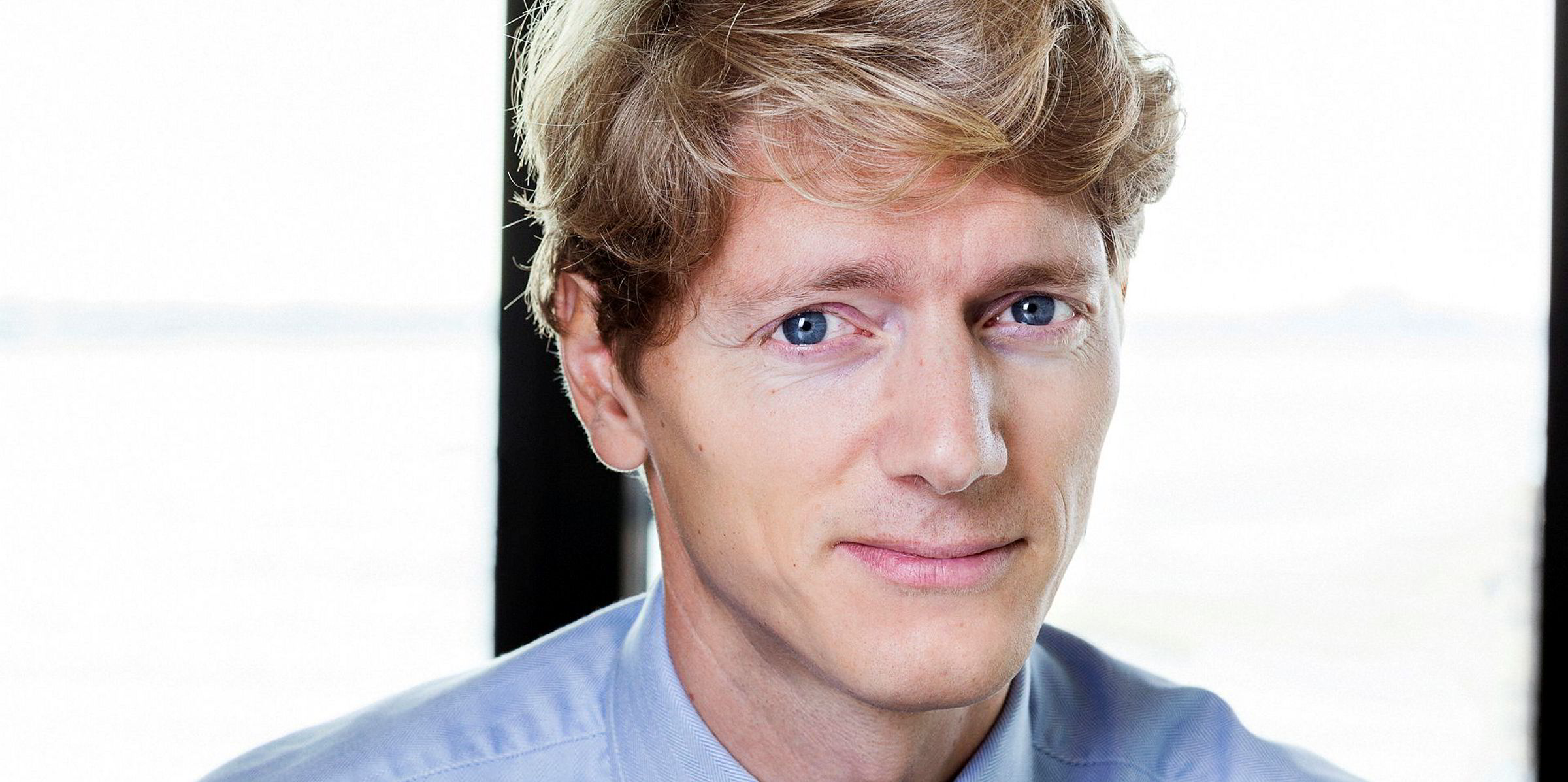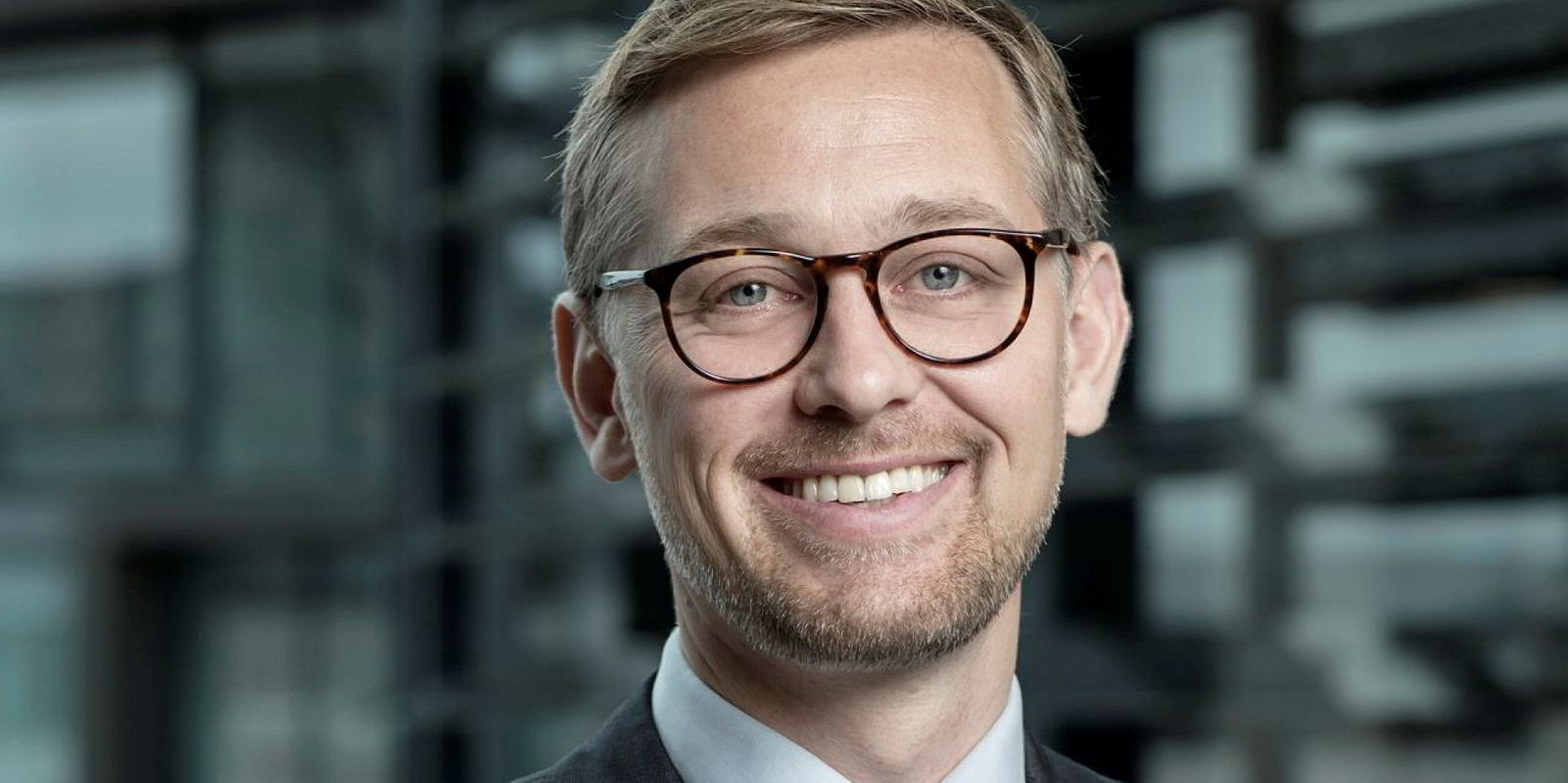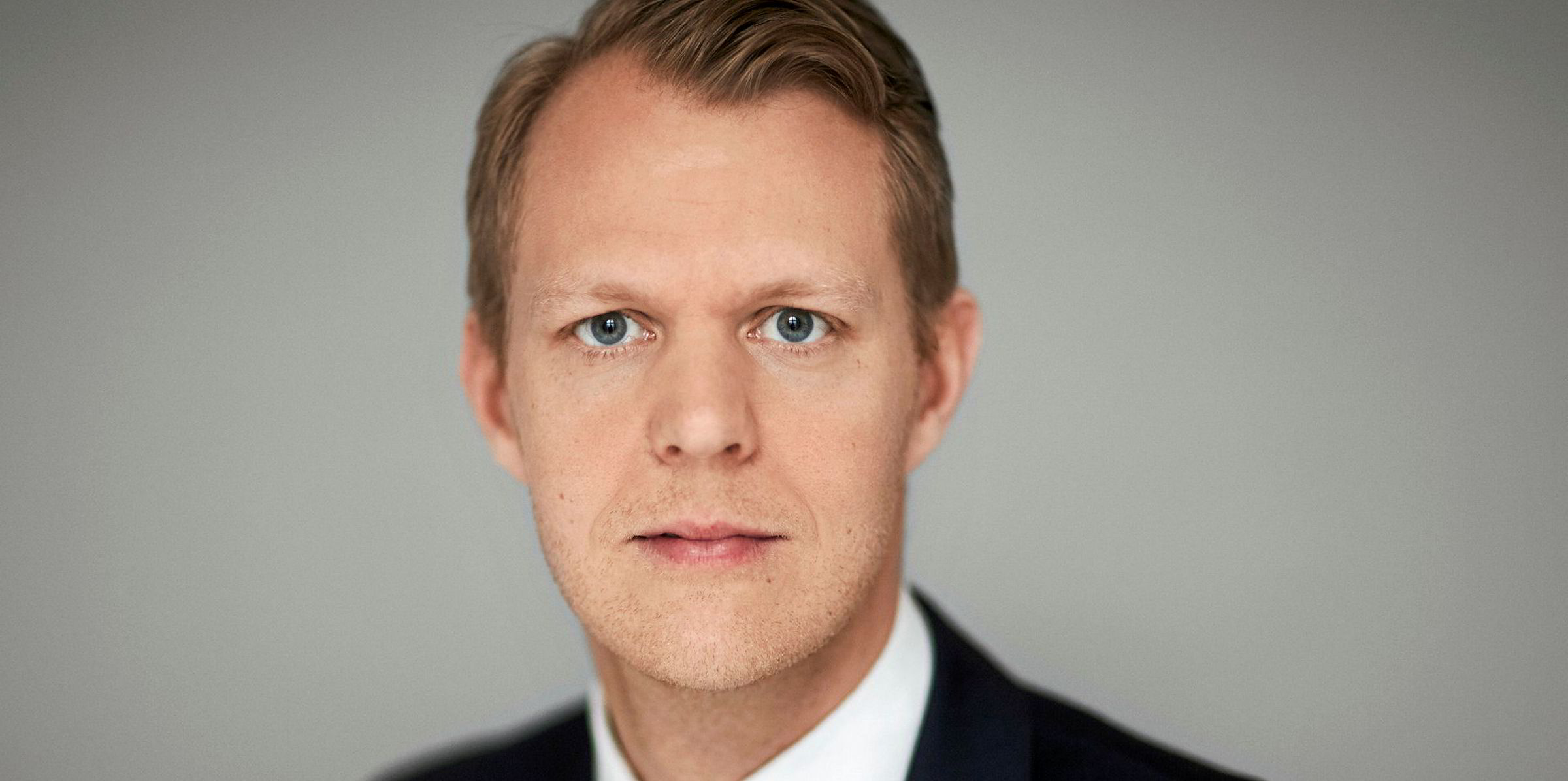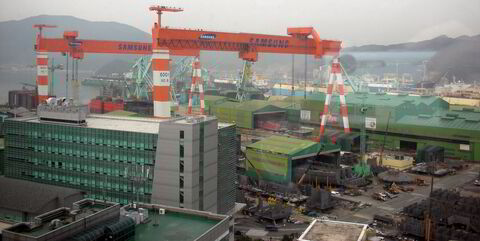During its days as a small part of Danish shipping conglomerate AP Moller-Maersk, Maersk Tankers probably would not have thought of fleet expansion when market conditions weakened.
Container and logistics firms took the spotlight alongside capital investments in the publicly-listed Maersk group, which eventually decided to divest from energy-related businesses three years ago.
But Maersk Tankers has transformed itself into the world’s largest commercial manager of product tankers since being taken private in October 2017 by AP Moller Holding, which is the largest shareholder in Maersk.
Chief executive Christian M Ingerslev is also envisaging more additions to its fleet.
“When markets are not as strong, I think it's a huge benefit for owners to be with a company of scale,” Ingerslev told TradeWinds. “Because it allows you greater flexibility, it allows you better risk management, and also better profitability.”
LR and MR product tanker earnings have fallen back to their long-term average levels from all-time highs in late April, with reduced requirements for floating storage as oil demand recovers.
“After a very good period, we will see a downward pressure,” Ingerslev said. "I think we're already seeing some of it now."
The 43-year-old was appointed CEO in 2016. At the end of that year, Maersk Tankers operated 158 product tankers, which included 84 owned and 52 on commercial management.
After taking over Maersk Tankers, AP Moller Holding transferred vessel ownership to a new subsidiary — Maersk Product Tankers (MPT) — and found equity partner Mitsui & Co. The Japanese trader holds a minority stake.
Today, Maersk Tankers commercially manages 225 vessels in various pools, including MPT’s entire fleet of 84 ships. It plans to expand its fleet to 300 vessels in a few years’ time.
“We've fundamentally changed our business,” Ingerslev said. "We've transformed from the typical tanker owner mindset into becoming a service business.
“We can use our scale, expertise and commitment to really help the industry drive towards becoming more sustainable, more digital and more profitable.”
Embracing digitalisation
The major selling point of Maersk Tankers as a pool manager has been its ability to develop digital tools that can help optimise trading routes and minimise fuel consumption.
Its 33 external pool partners include Cargill, also an advocate of shipping digitalisation, which added up to 20 MRs to Maersk Tankers’ fleet last year. Earlier this year, Team Tankers International deployed 27 chemical tankers to three Maersk pools to gain access to the digital expertise.
“[We’re] using algorithms to position our vessels into the right markets at the right time, to the benefit of our customers and to the benefit of the returns we're able to deliver to our partners,” Ingerslev said.
Maersk Tankers has invested close to $9m in new digital initiatives over the past two years, forming partnerships with companies such as CargoMetrics and Klaveness Digital.
Ingerslev stressed that those digital gadgets would contribute to the fight against climate change, as greenhouse gas emissions from shipping would fall in line with fuel usage.
“We're investing into digital software that can drive down CO2 emissions,” he said. "We really use our scale to drive sustainability to the benefit of the industry."
An asset player
Ingerslev also serves as chief executive of MPT, which does not hire separate employees from Maersk Tankers. The two companies have their respective boards and Ingerslev sits on both.
According to Ingerslev, MPT relies on the war chests of Mitsui and AP Moller Holding to find the best opportunities for asset play, adopting a “dynamic” strategy without a set goal for fleet size.
“The aim is to buy cheap, operate efficiently through the use of Maersk Tankers, and then sell when there are attractive opportunities,” Ingerslev said.
There have been talks that MPT is seeking to sell more than 30 vessels in recent months, including seven 38,000-dwt product and chemical carriers it acquired from AET Tankers for $93.5m in September last year.
Other sale candidates include the company’s 10 LR2 newbuildings at Dalian Shipbuilding Industry Co, of which four are due this year and six in 2021, according to shipbrokers.
Brokers and Chinese media have also reported that two LR2 tankers, seven MRs and three smaller tankers are sales candidates.
When asked about the planned sales, Ingerslev said: “Every single ship we own or have on order is for sale at all times. If we get an attractive price, we are willing to sell.”
But he added that the MPT strategy also means “if we see attractive opportunities, we will evaluate those and we will buy”.
